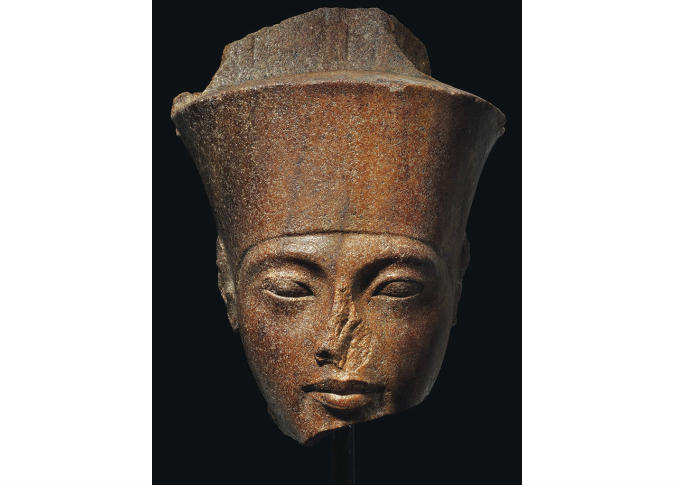Hundreds of ancient relics have been discovered in San al-Hagar city in the Nile Delta, the Antiquities Ministry announced Monday.
A statement issued by the ministry said a French excavation team working in Sharqiya, 120km north of Cairo, discovered the relics, which are more than 2900 years old.
The artifacts are hundreds of colored and engraved stones. The statement said they were used to build the walls of the Holy Lake for the Temple of Mut in San al-Hagar.
Egypt announced the discovery of the lake's location in 2009. The goddess Mut is the wife of the God Amun, who built the temple for her.
Most of the stones belong to the era of King Osorkon II from the Second Dynasty.
After the excavation team finishes its work, the stones will be studied and fitted together so their original shape can be discovered, the statement added, saying hundreds more are expected to be found.
Mohamed Abdel Maqsoud, head of the central authority for the artifacts of Lower Egypt, said the discovery will give greater significance to San al-Hagar and cast this important city in a new light.
Artifacts in San al-Hagar are from the Greek and Ptolemaic eras. The famous Lower Egyptian city is sometimes known as the “Thebes of the North” or the ”Luxor of Lower Egypt."
Translated from the Arabic Edition




